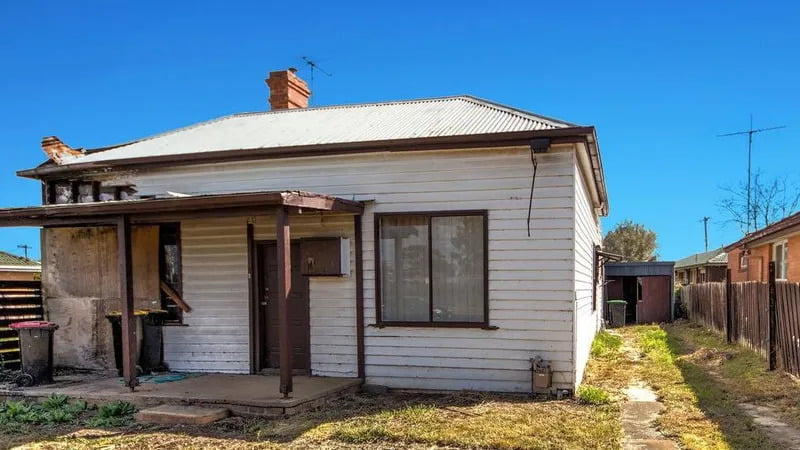The Climate Council study found that approximately 521,000 properties across the country will be deemed uninsurable in another eight years, citing extreme weather increasing costs of maintenance, repair, and replacement to affected homes.
Home insurance premiums are on the rise, to cover the costs of repair claims and reinsurance.
Extreme weather is classified as bushfires, extreme wind, and different types of flooding (including flash and riverine).
The Council projected that the premiums to cover these natural events are expected to become too steep for people to afford.
“Skyrocketing costs or flat-out insurance ineligibility are becoming more and more widespread under climate change,” Climate Council economist Nicki Hutley said.
“As an economist, I find these new numbers shocking and deeply concerning.
“I urge all Australians … to understand the risk they and their communities face as we progress through this critical make or break climate decade.”

Indi (VIC), Page (NSW) and Hindmarsh (South Australia) rounded out the top 10.
“In these at-risk electorates, 15 per cent of properties (165,646), or around one in every seven properties, will be uninsurable this decade,” the report said.
You can access the Climate Risk Map to see where your home electorate ranks here.
Queensland (6.5 per cent) is expected to have the worst rates of uninsurable properties, nearly double that of NSW (3.3) and South Australia (3.2).
The flood numbers don’t look good either, as 80 per cent of the “high risk” homes forecast by 2030 will be thanks to riverine flooding.
The timing of the report’s release ahead of the Federal Election is a perplexing one, as the Climate Council’s leader Tim Flannery was quoted in 2013 as saying, “our independence is central to our credibility, so if people do donate, don’t try to influence what we do.”
The report was critical of the Morrison Government’s policies and plans for climate change.
“Decisions and actions over the next term of government will influence the future impacts of climate change for generations to come,” it read.
“Unfortunately over the last eight years the Federal Government has failed to meaningfully tackle climate change or prepare Australians for worsening extreme weather.”
The Climate Council’s mission statement says that the organisation is a “courageous catalyst propelling Australia towards bold, effective action to tackle the climate crisis”.
You can read the full report here.






